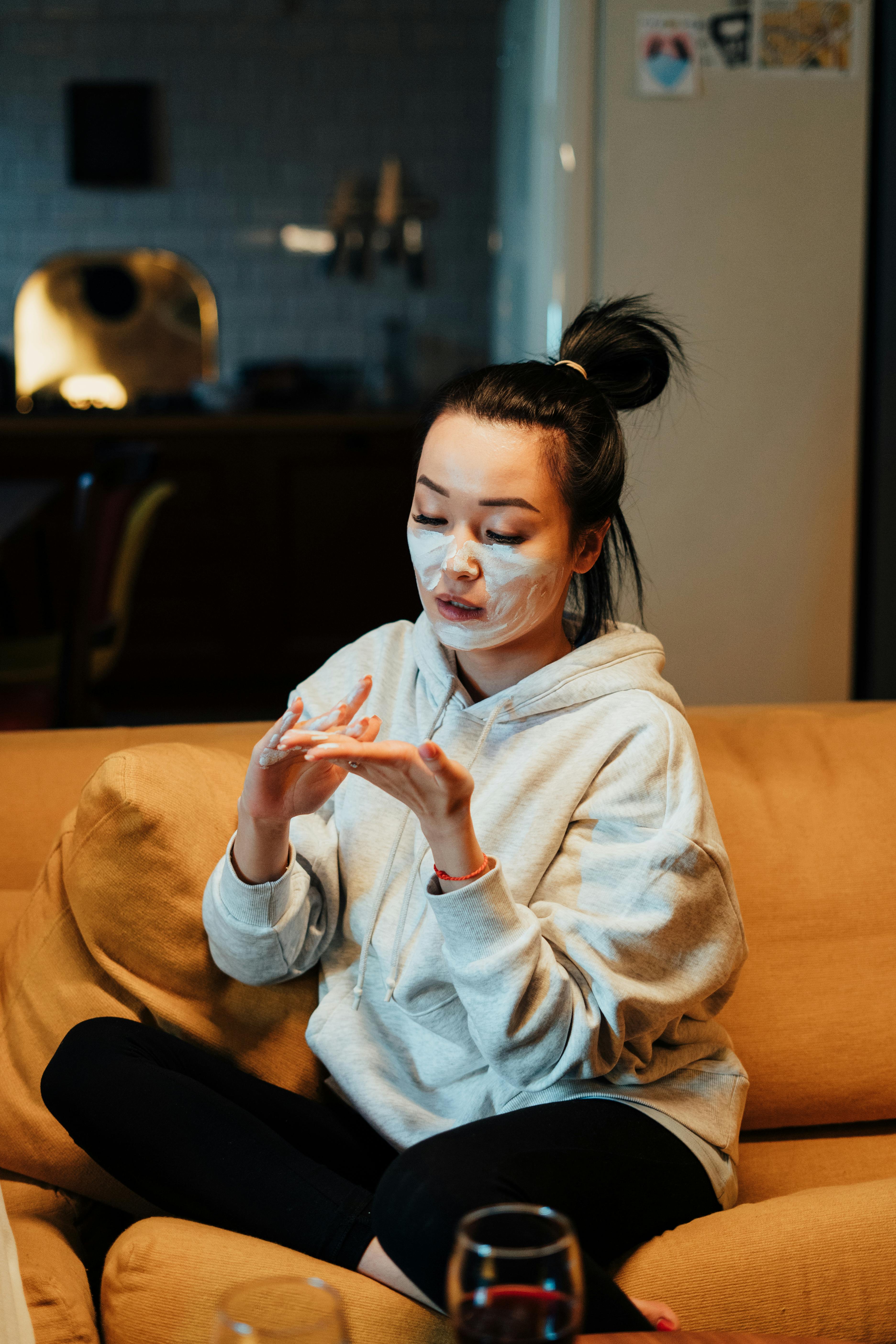Rich imagery permeates the customs that go into Asiatic bridal festival rituals. The ceremonies are a nod to Asian culture’s deeply ingrained beliefs that the union of couples should be honored by their families and by the universe. These ceremonies range from the wedding hairdressing and capping ceremonies for the bride to the otoshigami, where the groom blocks himself with his family and friends. The tea ceremony also features the couple serving their parents, grandparents, and other elders and receiving red envelopes ( or hong bao ) filled with money https://asianbrides.org or jewelry.

It https://www.mckinsey.com/featured-insights/diversity-and-inclusion/ten-things-to-know-about-gender-equality is customary to honor one’s predecessors and goddesses on the day of their marriage in Chinese marriages. To get rid of awful ghosts, this entails taking a fruit leaf shower and donning fresh clothing. The groom’s relatives is then expected to create 12 gifts for their daughter-to-be, including bridal cookies, standard Chinese cake, a bamboo utensil set, candles and firecrackers, gold jewelry, and cash.
Typically, a march travels from the vicar’s home to the bride in the Japanese ceremony service. Visitors may bring lanterns and banners, ring gongs to ward off evil spirits, and light a fire made from the sacred sakaki tree’s branches. A little poem that teaches the honeymooners spiritual beliefs for married life is next read by a miko, or adult helper of the pastor.
The few bow to the bride’s predecessors and the monument gods after clapping their hands twice. A few days afterwards, to exhibit her respect and appreciation, the bride kneels down in front of her husband’s parents and grandparents and serves them drink with two flowers seeds or two reddish deadlines.
